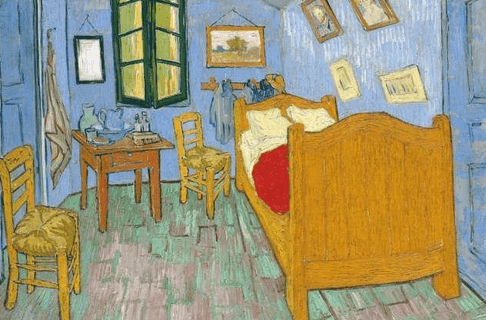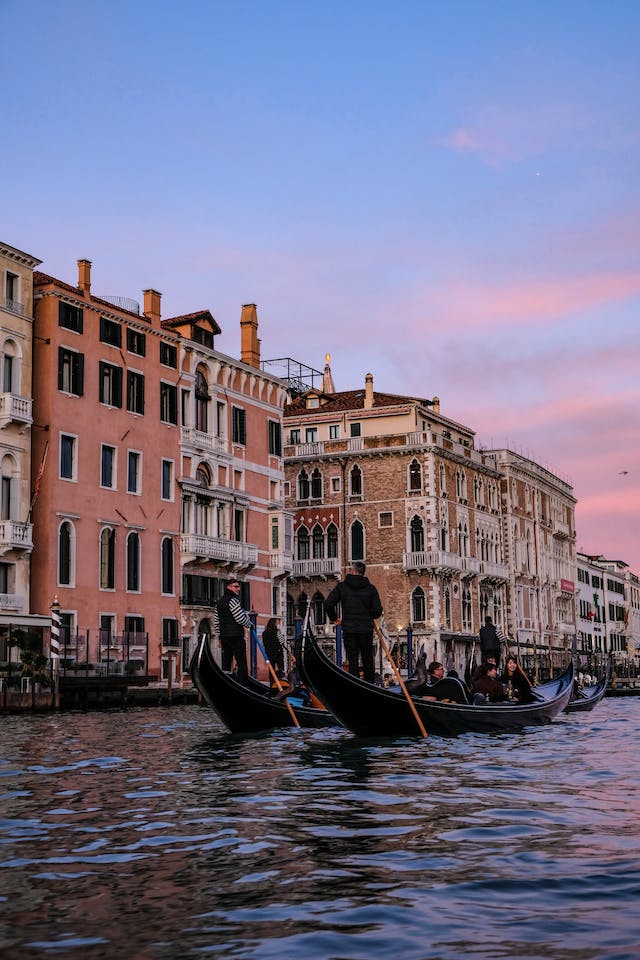Vincent Van Gogh is probably the most celebrated and famous painters of all time. But, Van Gogh never tasted success during his lifetime. He had only sold one painting across the hundreds he had put his sweat and blood to create.
From his most famous painting, Starry Night, to his depiction of village life in Potato Eaters, Van Gogh’s paintings had sheer madness. While some people perceive the epic madness as Van Gogh’s driving force, some want to believe there was trouble with his mental health.
But, the most shocking aspect is yet to come. In just over ten years, he created over 850+ paintings and hundreds of letters depicting his journey and tryst with paintings. Although that looks nearly impossible, he was immensely productive. But, the question remains, what made him so productive?
A Walkthrough

Van Gogh’s artistic career was short. It lasted only from 1880 to 1890. He spent the first four years acquiring technical proficiency and focused entirely on his drawing and watercolor skills. In the next few years, he would move in and out of academia either to self-train or to join other artists and form a group. Soon enough, his style breaks through all art academic principles. Throughout 1884 and 1885, Van Gogh’s art only grew bolder.
Peter Paul Reubens’ style of expressing the mood through the use of colors played a huge role in his style. Van Gogh also took inspiration from the Japanese Impressionist paintings. All these inspirations would gradually move Van Gogh away from the art academic principles. Although he was continuously honing his craft, he was also dealing
with finding his own style. And, in between 1886 and February 1888, Van Gogh created his idiom and style of brushwork that would eventually win him the recognition he deserves.
Development of His Style

In the last few years of his life, Van Gogh went through some extraordinary changes in his style. From using bright colors and traditional art principles to paint, his style took a new turn. The significant amount of time he has spent with Anton Mauve, Paul Gaughin, and others, did influence him.
The palette became muted, his vision became less traditional, and the tonalities went lighter. As he started to grow as an artist, van Gogh started to paint from the heart without suppressing his feelings about the different subjects he was painting. All these ultimately crystallized Van Gogh’s Post-Impressionist style.
The eccentric contours used heightened the effect to give him his style. And, the next thing you know started to squeeze out tubes directly on the canvas and abandoned mixing it and went with his instincts. He was focused to capture the right mood to paint with enough speed and intensity. Van Gogh also knew for this individualistic approach to flourish, he can’t survive isolated but needs a separate Impressionist group.
He tried to form a group with Toulouse-Lautrec, Gauguin, and others who also believed in the same outlook. Van Gogh persuaded all of these people to come and join him in his rented apartment in Arles. He found a working community called “The Studio of the South.” Gauguin spent quite a lot of time with van Gogh and they worked together for two months in 1888, but the relations rapidly turned sour. This took a huge toll on Van Gogh.
The Troubled Mental State
Van Gogh’s relations soured with Gaughin. On Christmas Eve of 1888, disaster struck as Van Gogh, snapped under the continuous strain. After he argued with Gauguin, it was alleged that Van Gogh charged him with a razor.
The next thing we know, Van Gogh, cut the lower half of his left ear. Although nobody knew what transpired between them, van Gogh took responsibility for the events. His mental state only declined and he agreed to seek rehabilitation to regain his sanity.
Was His Mental State a Roadblock or a Boob?
Van Gogh was never mentally unstable. Although experts differ in their opinions, yet there are signs of some level of insanity that one can decipher from the letters he wrote to his brother and his paintings. After he resumed working on that fateful Christmas night, he created Self-Portrait with Bandaged Ear and Pipe and several other paints. He tried to immerse himself in the art world and bring out the best especially during rehab.
This period in rehabilitation is considered one of the best years in Van Gogh’s artistic career. In between such debilitating experiences, he enjoyed a few spells of calmness that led him to paint. He painted ‘The Starry Night’ portraits of doctors, Cypresses, Olive Trees, Garden of the Asylum, Les Alpilles, and much more. The most productive days of his time was after he arrived in Auvers where in just 70 days, he finished 75 paintings and more than 100 drawings.
Van Gogh’s image of a troubled and struggling genius played a very strong role in his reputation. Besides, no one can forget the notorious and dramatic events just to add to the modern image of a successful artist.
More than anything else, the fact that he was unrecognized and rejected by society while he was actively creating, just heightens the legend. But, as more and more investigations shed light on his mental health and life, we understand a little more behind the genius he was.
To Sum Up,
Van Gogh was troubled. But, you can make your life unbelievably happy with one of van Gogh’s pictures to put up on your walls, and you can visit the https://www.1st-art-gallery.com/Vincent-Van-Gogh/Vincent-Van-Gogh-oil-paintings.html to get that done.

